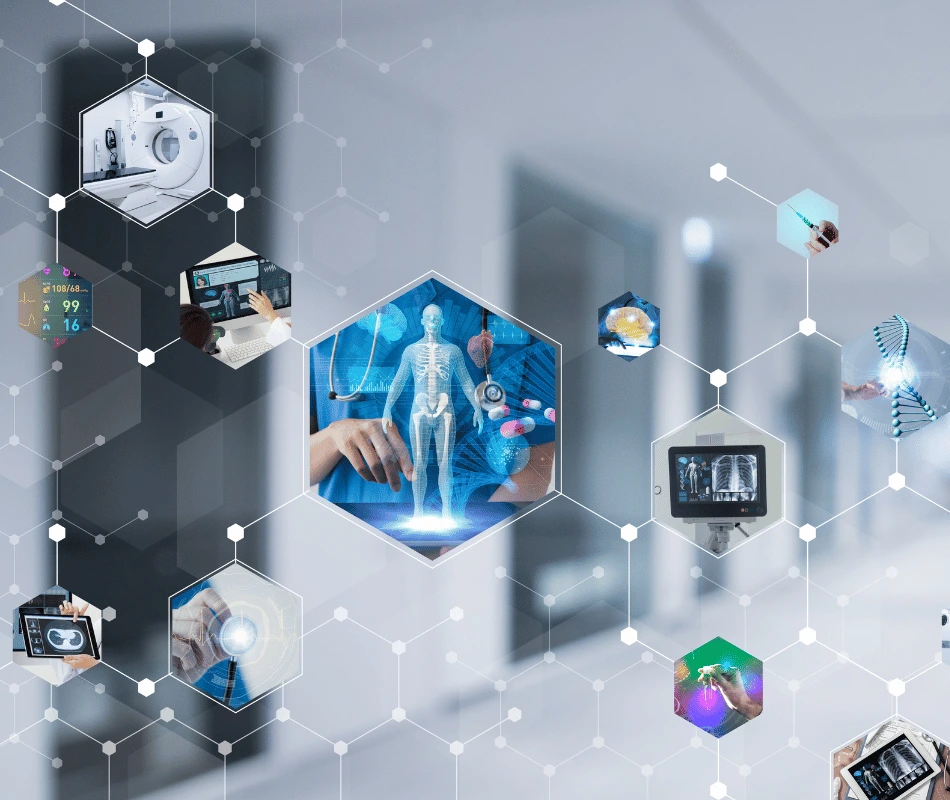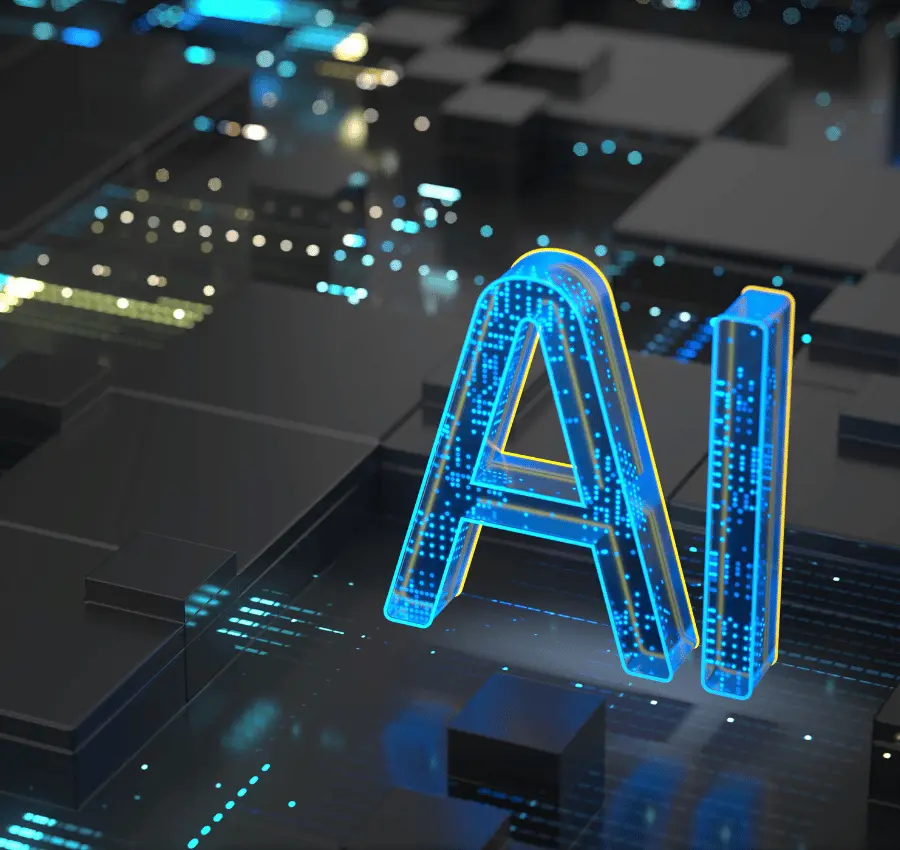Artificial intelligence is one of the branches of computer science, and it is also the main pillar on which modern-day technology is based.
The reformer of artificial intelligence refers to the computer’s ability to simulate intelligence processes that occur within the human mind.
Artificial intelligence is also the ability of machines and devices to perform the same operations that humans perform with the same required quality, perhaps in less time as well.

What are the purposes and objectives of artificial intelligence?
We can say that artificial intelligence has a myriad of purposes in various fields, we mention these areas:
- Solving problems (Problem Resolving) that the human mind is unable to solve, or can cost humans a very long time compared to a machine that can perform the same purpose in record time. In addition to searching and analyzing.
- Knowledge representation, about the storage, processing, and analysis of information for other purposes, and this process can take place in both logical and probabilistic domains.
- Automated reasoning, which means using stored information to answer questions and infer new information.
- Machine Learning means the use of experiment iterations to learn and discover new patterns.
- Natural Language Processing, which aims to communicate with the machine.
- Computer Vision, which aims to process and deal with visual information through machine language.
- Social intelligence: It is about how to make a machine mimic human emotions.
- General Artificial Intelligence: A machine can solve a wide range of problems similar to human intelligence.
1. Reasoning, problem-solving.
One of the most important developments in the modern world is the algorithms that scientists developed to simulate the gradual human thinking to solve problems and puzzles. Where artificial intelligence research has developed ways to deal with incomplete information using probability concepts. But also recent research has proven that these problem-solving algorithms are not always enough. Because they become slower as the problems increase.
In the case of the increasing problem magnitude, humans themselves tend to use intuitive and quick judgments. And do not use the gradual deduction method they expected algorithms to make.
2. Knowledge representation.
To access solutions to deep answers and problems, smart software needs to have the same knowledge as the human brain.
That is, he must possess the knowledge and facts that the human mind would have used if the same problem had been presented to him.
The representation of knowledge as a set of concepts within a given field with relationships between those concepts is called ontology.
The more general ontology attempts to provide a basis for all knowledge of higher ontology.
An ontology that covers knowledge in a particular field is called field ontology, and a machine needs both types of ontology to solve problems.
However, artificial intelligence research has developed many tools to represent domains, such as categories, properties, objects, and the relationships between them, among many other fields.
However, the big challenge facing the arrival of artificial intelligence to the roof of the human mind remains the unlimited breadth of logical knowledge in humans compared to machines.
3. Machine learning
It means the study of computer algorithms that improve with repeated experimentation.
Machine learning is divided into two types, the first being unsupervised learning that finds patterns in the input flow.
The second type is supervised learning, which requires that the human determine the input data first.
Supervised learning includes taxonomy and numerical regression.
Classification means that a program learns to classify things after seeing a large number of examples that include objects from several categories, which leads it to learn to classify inputs.
Numerical regression is the attempt to find a function that describes the relationship between inputs and outputs and predicts how outputs will change based on the change of inputs.
So, machine learning is used to train a machine to solve problems that humans can solve.
4. Natural Language Processing (NLP)
Machine natural language processing aims to understand and process human language, and a powerful natural language processing system can gain knowledge directly by reading texts written by humans.
Some apps also include instant question-answering and machine translation.
Although natural language processing has failed at some point due to difficulty in pronunciation, expanded pronunciation knowledge, and different dialects and languages, scientists have achieved largely acceptable accuracy in this area.
5. Computer Vision
Also called perception, it is the ability to use input from sensors (such as cameras, microphones, radio signals, active touch sensors, sonar, and radar) to infer aspects of the world.
This feature includes speech recognition, facial recognition, and object recognition.
Computer vision can thus be defined as the ability to analyze visual inputs.
6. Social Intelligence
It is intended to make the machine socially and emotionally skillful. works on the bulk of the machine that simulates human feelings, emotions, and moods.
This feature facilitates machine-human interaction, as well as making it more sensitive to the emotional dynamics of human interaction.
7. General Artificial Intelligence
There are many competing ideas about how to develop general AI. Many scientists hope to one day find a conceptually clear “master algorithm” that serves this development.
Types of artificial intelligence
Based on the functionality of AI-based systems, we divide these systems into the following types:
1. Reactive Machines (AI)
Also called a reaction machine, this type includes machines. These machines only operate based on current data, and cannot form conclusions from data for future use.
This type can only perform a narrow range of predefined tasks.
2. Limited Memory AI
This type can make decisions by studying previous data that are in its memory.
This type has short-lived (temporary) memory that we use to store past experiences and evaluate future actions.
3. Theory Of Mind AI
It is an advanced type of artificial intelligence and plays a key role in psychology.
This type focuses mainly on emotional intelligence to better understand what a person thinks.
4. Self-aware AI
In this genre, the machine has its consciousness and becomes self-aware. And we probably wouldn’t wish to reach this stage of artificial intelligence in which the machine shares life with us as another species that exists on the surface of the earth alongside humans.
Although this stage of development in artificial intelligence is a little elusive. It may be possible in light of the rapid evolution trajectory of our modern era.
You ma also like: Internet of Things (IoT) and Cyber Security
Examples of artificial intelligence
- In May 2018, Google announced its Duplex system, which allows performing real-world tasks over the phone. By having a natural conversation with the device.
Google also announced in its statement about the new system that it makes the call as natural as possible so that it allows people to talk in a completely natural way as if they were talking to each other, which means that they do not need to adapt to a device.
This system aims to complete certain tasks such as scheduling certain types of appointments.
You can learn about the system more here: Click here
- In April 2019, doctors and scientists in Germany developed an artificial neural network capable of finding a treatment for brain diseases using magnetic resonance imaging.
This network interprets brain MRI scans to tell neuroradiologists how brain tumors respond to chemotherapy and radiation after they trained the network on more than 2,000 MRI scan results of more than 500 people with brain tumors.
You can get more information here: Click here
- In March 2019, Doodle was designed in partnership with Google Magenta and Google PAIR, an interactive experience that encourages players to compose a two-scale melody of their choice with the push of a button.
Doodle uses machine learning to match a custom melody to a Bach 80 rock style.
You can find out more information here: Click here


